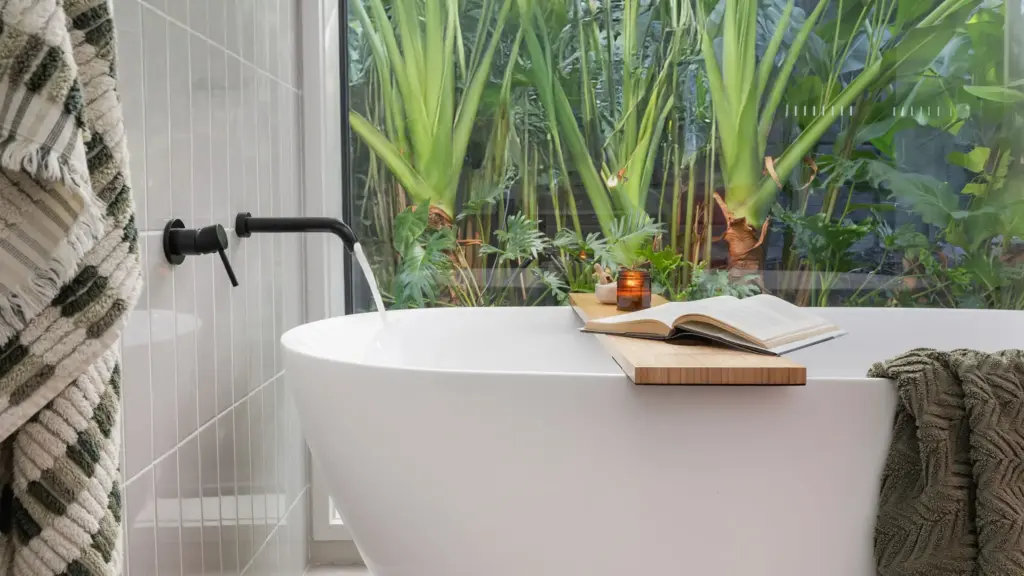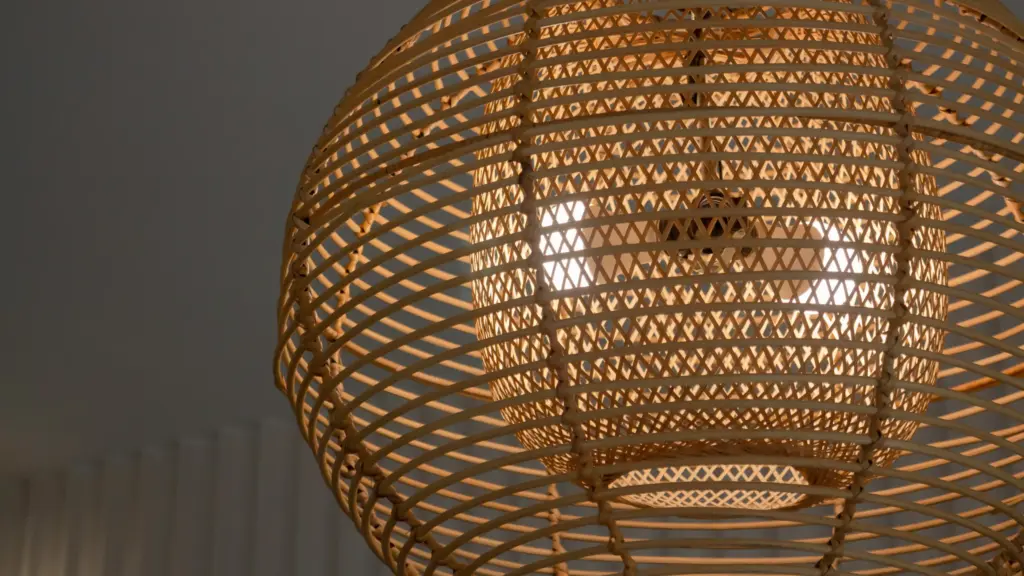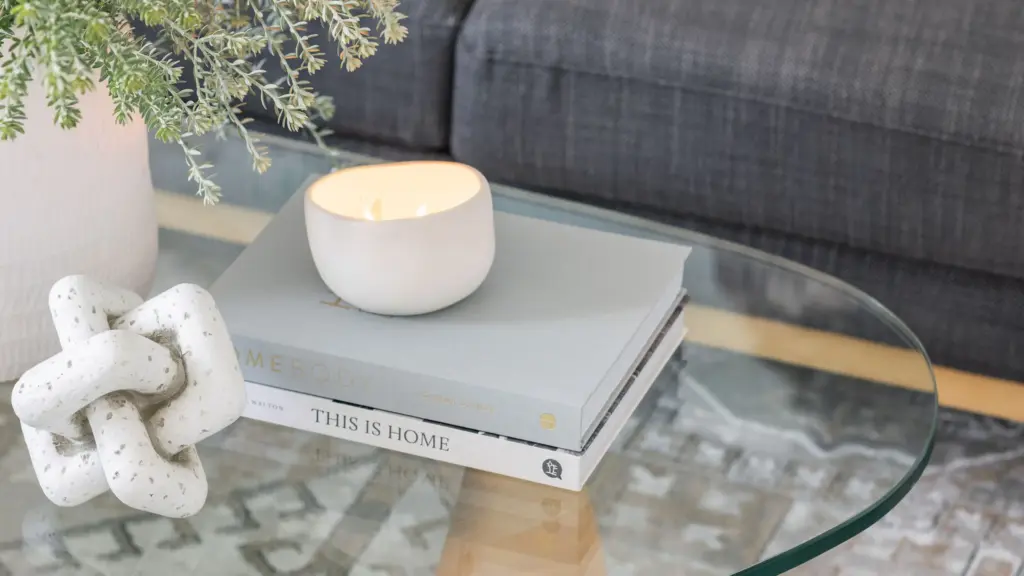
In the fast-paced, often chaotic world we live in, there’s a growing desire to reconnect with nature. We spend hours working in artificial environments, surrounded by concrete, glass, and steel, often disconnected from the natural world that sustains us. Biophilic design aims to bridge this gap by integrating natural elements into the built environment, creating spaces that not only look good but also improve our overall well-being.
But what exactly is Biophilic Design? And why should you consider it in your next design project? Let’s dive in.
What Is Biophilic Design?
Biophilic design is an innovative approach to architecture and interior design that seeks to connect people to nature through the spaces we inhabit. The term “biophilia” comes from the Greek words bios (life) and philia (love), meaning “love of life” or “love of living systems.” This concept is based on the idea that humans have an inherent connection to nature, which has been largely lost in modern urban environments. By incorporating natural elements into the design of our homes, offices, and public spaces, we can foster a stronger connection to nature, enhance our physical and mental well-being, and create environments that promote creativity, relaxation, and overall health.
Biophilic design goes beyond simply adding plants to a space. It encompasses a variety of strategies, including the use of natural materials, maximising natural light, and incorporating elements that mimic nature, such as water features, green walls, or organic shapes. It can be applied in any type of environment—from residential homes to corporate offices and public spaces.
The Importance of Biophilic Design
As the world becomes more industrialised and urbanised, people are increasingly aware of the need to incorporate nature into our daily lives. The benefits of biophilic design are clear, and the research supports it: integrating natural elements into interior design can have significant positive effects on both mental and physical health.
1. Improved Wellbeing
Studies have shown that exposure to nature, whether through natural light, plants, or natural materials, can lower stress, reduce anxiety, and enhance overall emotional well-being. When you bring nature indoors, you create an environment that promotes calmness and balance, helping to reduce feelings of stress and overwhelm. This is particularly important in today’s fast-paced, screen-heavy world, where we spend long hours indoors and often struggle to disconnect.
2. Increased Productivity and Creativity
Biophilic design is not just beneficial for relaxation; it can also enhance cognitive function. Research has found that people working in biophilic environments experience improved concentration, better problem-solving abilities, and increased creativity. In offices or creative spaces, this can translate into greater innovation, more effective teamwork, and better performance.
3. Enhanced Physical Health
Incorporating natural elements into a space can even improve physical health. Exposure to natural light, for example, helps regulate our circadian rhythms, which in turn improves sleep quality. Plants and natural air filtration systems can also improve air quality, promoting better respiratory health and reducing the likelihood of illness.
4. Stronger Connection to Nature
Finally, biophilic design helps foster a deeper connection to the natural world. Whether you live in a bustling city or a rural area, incorporating natural elements in your home or workplace can remind you of the world beyond the four walls of your space, helping you feel grounded and connected to nature.
How to Incorporate Biophilic Design into Every Space
Biophilic design principles can be applied to any space, regardless of size, purpose, or location. Whether you’re designing a home, an office, or a commercial space, there are numerous ways to integrate nature and reap the benefits it offers. Here are some practical examples:
1. Maximise Natural Light
Natural light is one of the most important elements in biophilic design. It not only reduces energy consumption but also improves mood and productivity. Whenever possible, position windows and open spaces to allow sunlight to flood the interior. Use light-colored, reflective surfaces to maximise the amount of natural light in the space.
In addition to windows, consider using glass doors, skylights, or large glass panels that provide unobstructed views of the outdoors.
2. Incorporate Greenery and Plant Life
Plants are a key feature in biophilic design. Adding indoor plants can create a vibrant, calming environment. Plants purify the air and provide a connection to the natural world. You can incorporate them in various ways, from small potted plants to large statement plants or even green walls and vertical gardens. Incorporating plant life can also help regulate humidity levels and improve overall indoor air quality.
For a more dramatic effect, consider using nature-inspired artwork or even nature sounds, like the sound of rain or birdsong, to further connect with the environment.
3. Use Natural Materials
Incorporating natural materials like wood, stone, bamboo, and clay can instantly create a more organic, earthy feel in any room. These materials not only enhance the aesthetics but also create tactile, sensory experiences that connect you to nature. For example, hardwood floors, stone countertops, or natural cotton fabrics help bring the outdoors in, adding warmth and texture to your space.
4. Integrate Water Features
Water has a soothing effect on the mind and body, making it a wonderful addition to any biophilic design. If possible, incorporate water features like fountains, water walls, or even small indoor ponds. The gentle sound of flowing water is calming and helps create a tranquil environment.
5. Create Visual Connections to the Outdoors
One of the simplest and most effective ways to incorporate biophilic design is to establish a visual connection with the outdoors. If you have access to outdoor spaces, make sure to create seamless transitions between the interior and exterior. Large windows, glass doors, or even a well-placed mirror can help bring the outdoors inside, offering views of gardens, trees, or natural landscapes.
6. Incorporate Organic Shapes and Forms
Biophilic design isn’t just about materials and plants—it also involves the use of organic shapes and forms. Furniture with curved edges, natural stone sculptures, or wall features that mimic patterns found in nature can enhance the feeling of connectedness to the earth.
7. Embrace the Use of Colors Found in Nature
Earth tones such as greens, browns, soft blues, and warm neutrals are all indicative of nature’s color palette. Incorporating these colors into your space can evoke feelings of calmness and serenity. For instance, a soft green accent wall, wooden flooring, and a natural stone coffee table can create a peaceful and grounded environment.
Conclusion: The Benefits of Biophilic Design for Your Wellbeing
Biophilic design is more than just a trend, it’s an approach to creating spaces that support our innate connection to the natural world. By incorporating nature into your home, office, or public space, you can experience improved wellbeing, enhanced creativity, and a stronger connection to nature.
Whether you’re designing a new space or revamping an existing one, consider biophilic design principles as a way to transform your environment into a sanctuary. From natural materials and plants to maximising natural light and introducing water features, the possibilities for incorporating nature into your space are endless.
At JML Design, we believe in the power of biophilic design to create spaces that are not only beautiful but also nurturing to your body and mind.
Ready to embrace nature in your next design project? Contact us today to get started and bring the healing power of nature into your space.

